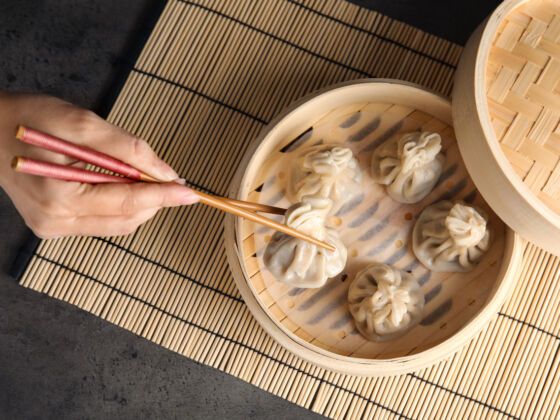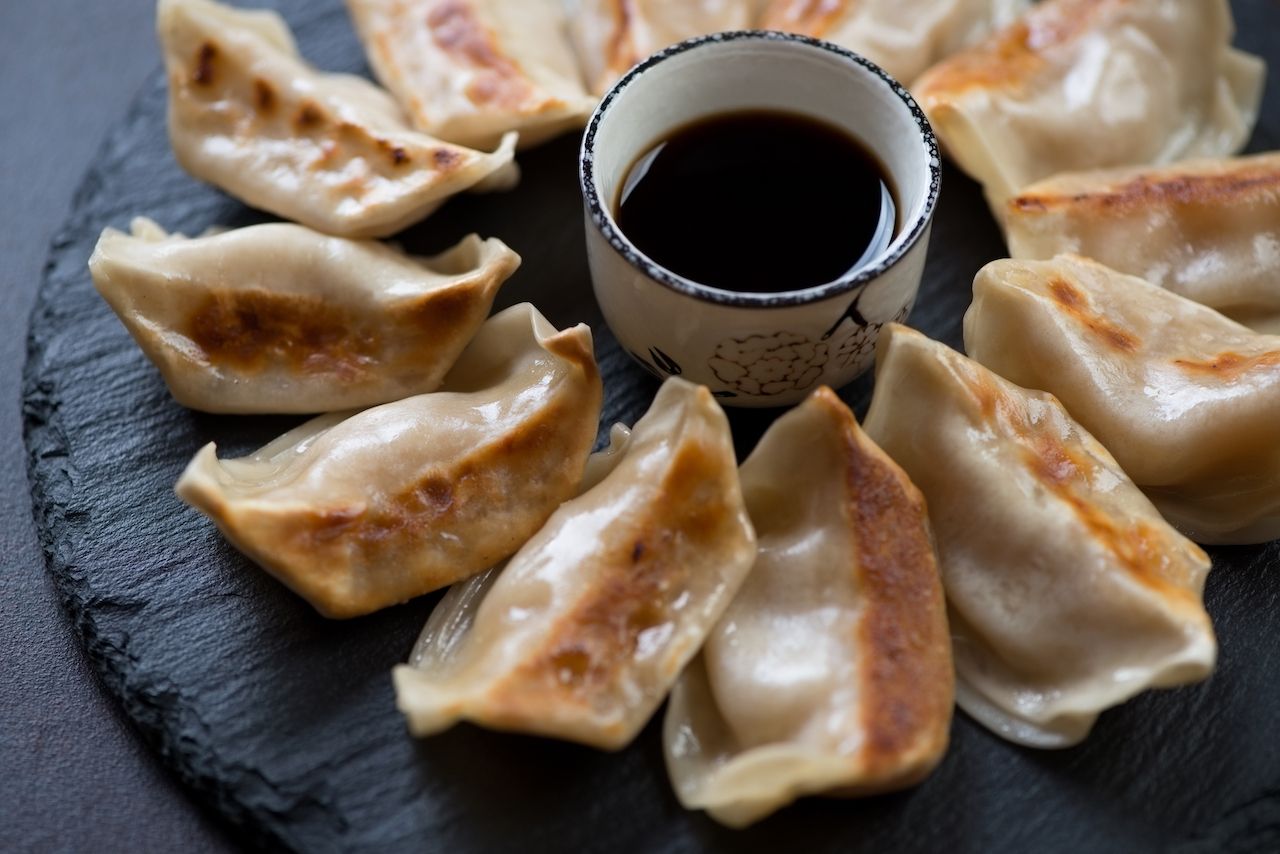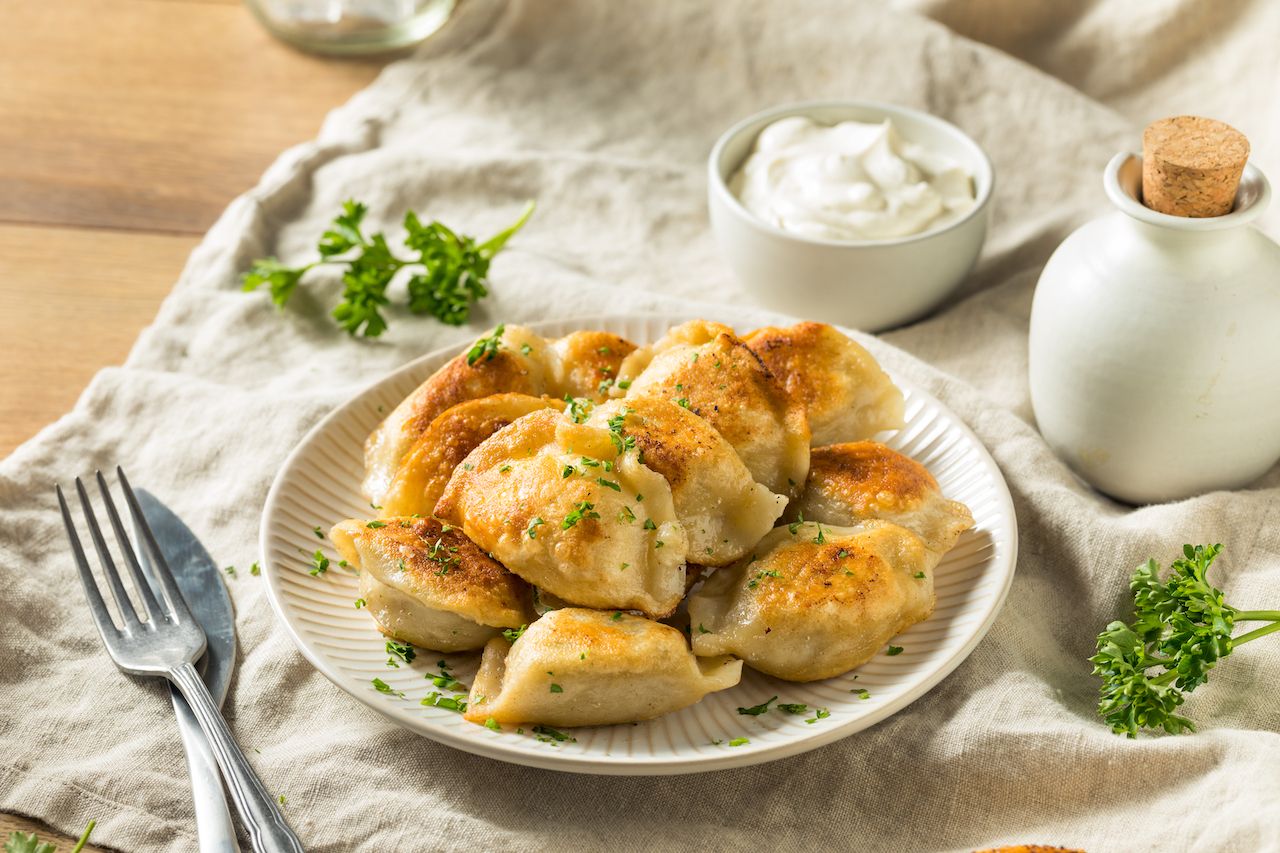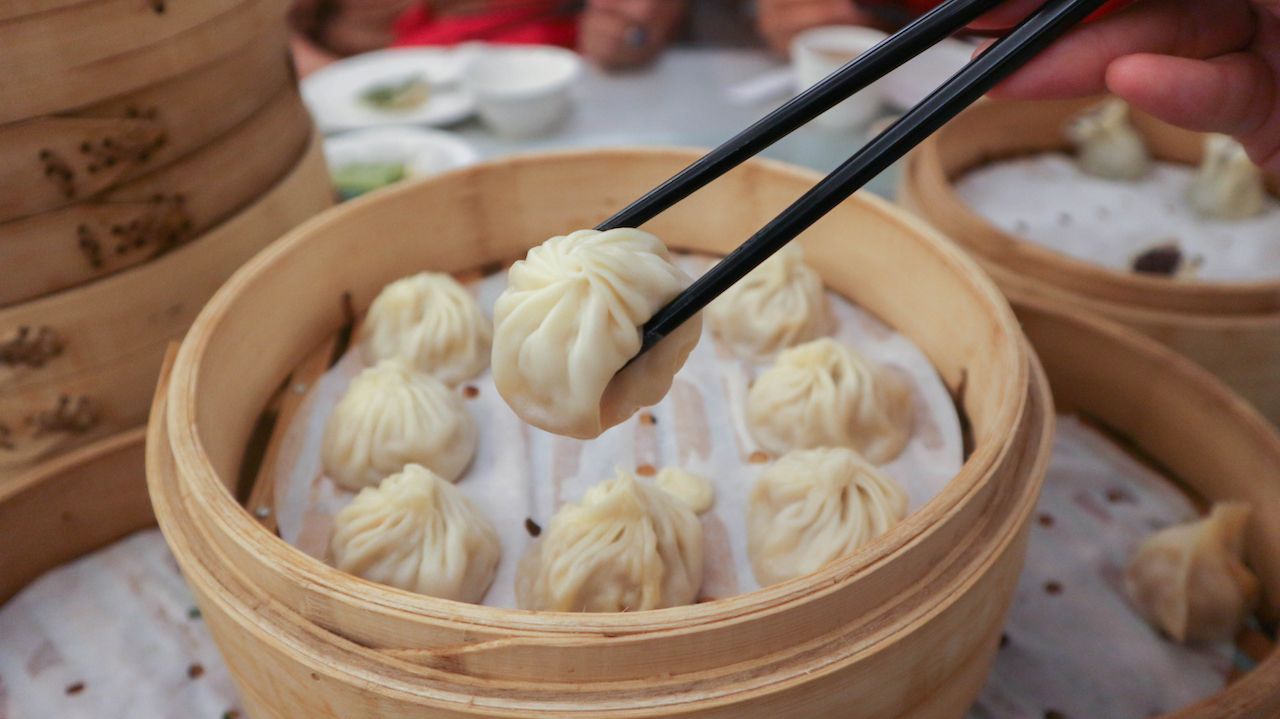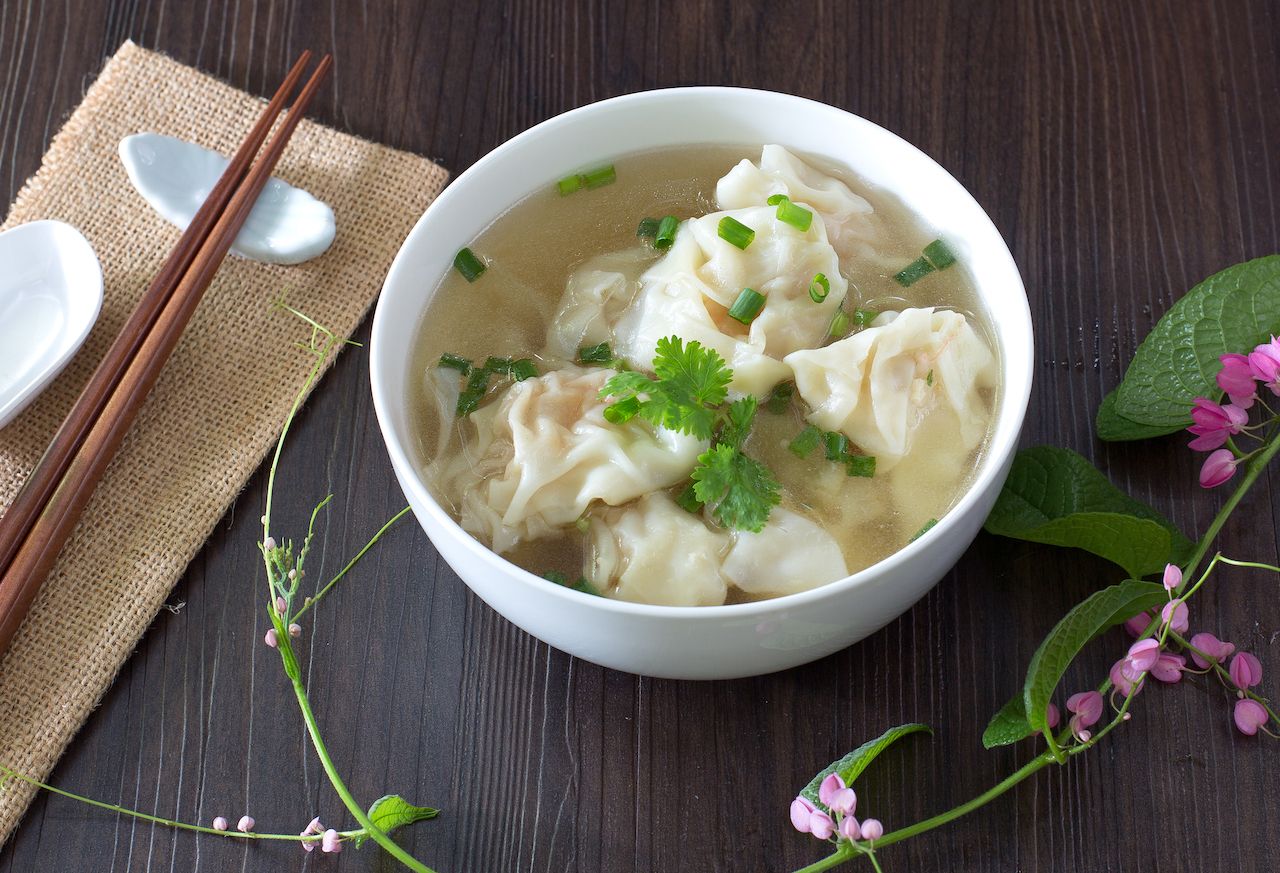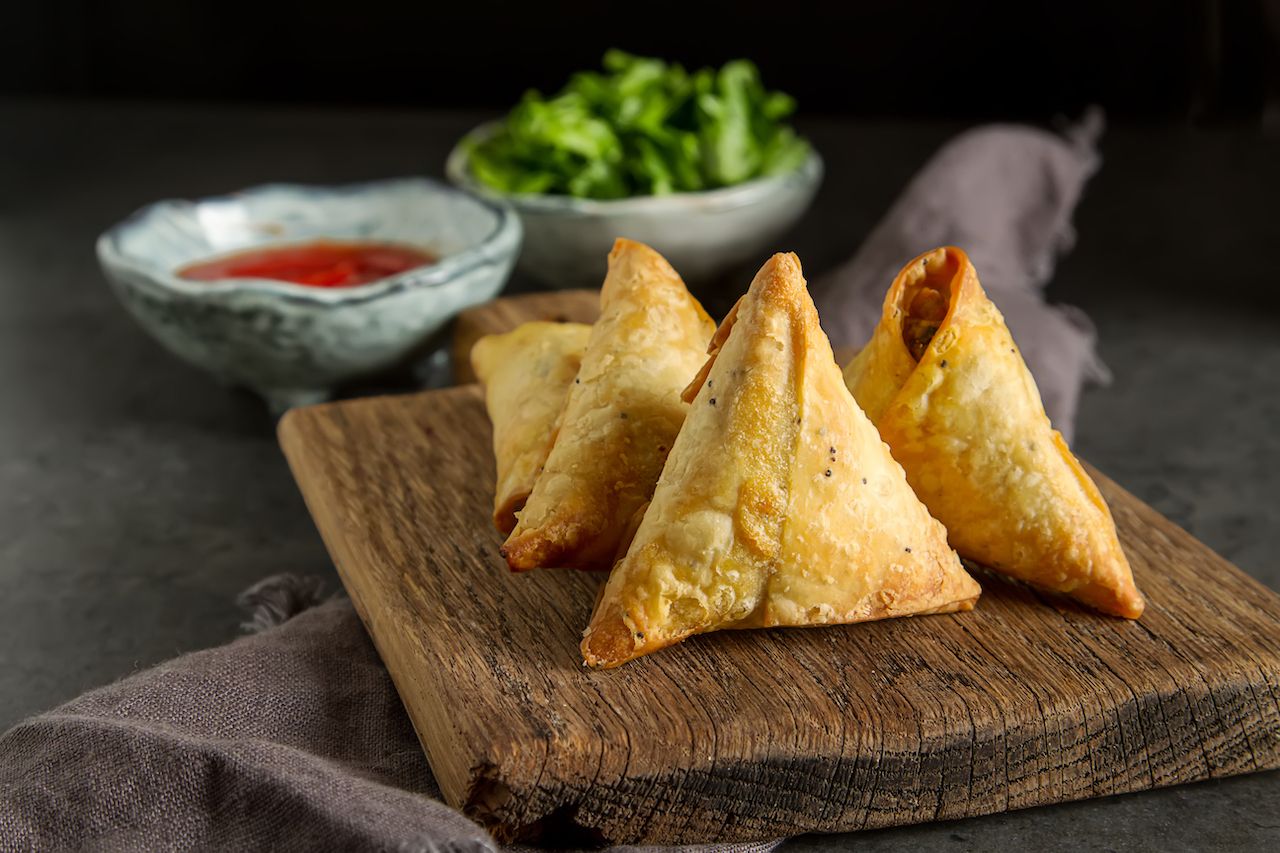There are a few styles of food that can be found just about everywhere you go. Noodles, for one, and bread. Another is the dumpling, which goes by many names but is arguably the most delicious and versatile food found around the world.
“Dumplings are a global comfort food, and each culture has its own form of dumplings,” says Aaron Yang, the vice president of Din Tai Fung Restaurant Group, which recently opened a location at ARIA Resorts & Casino in Las Vegas. “They are easy to eat, versatile in their shapes and filling, and can be cooked in a variety of ways: boiled, steamed, or pan-fried.”
